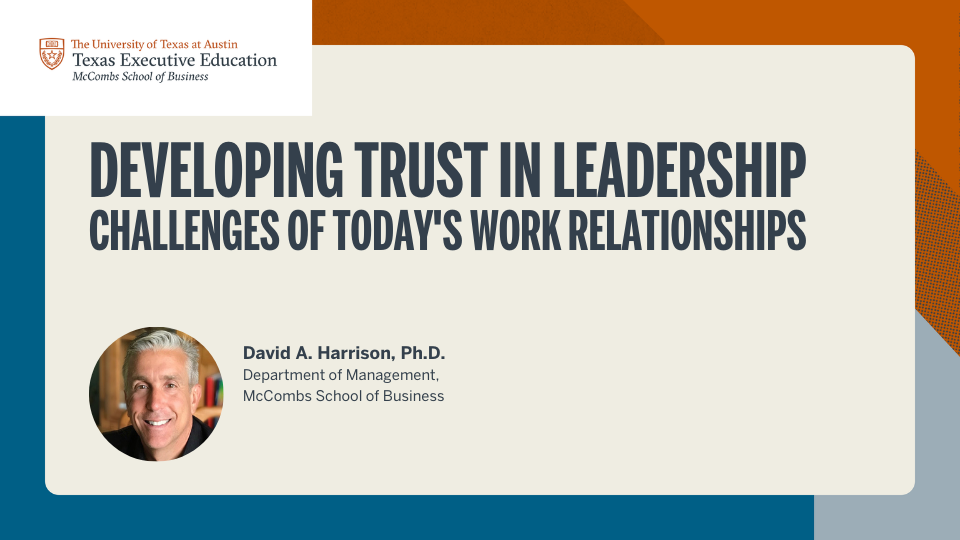People are not always forthcoming with what they think or feel. This hesitancy can be exaggerated in the workplace, as people may be reluctant to be evaluated or judged, or not want to deviate from the group’s opinion. As a leader, your efficacy and ability to sell your vision includes an ability to read people - especially the things they don’t state outright. The information you glean can help you achieve success in gaining support and buy-in for your ideas. Being adept at reading your team can help you gain insights, address problems, motivate people, and lead to a greater amount of influence overall.

4 Ways to Read People
1: Listen to What People Complain About
Although complaints are often seen as negatives to be disregarded, listening to what people complain about can tell you a lot. Complaining is borne of dissatisfaction, and in order to be bothered or dissatisfied, you have to care. A complaint can indicate what matters to someone, and for those who aren’t comfortable or adept at communication, it’s often a means of expressing feelings. Use the information learned from complaints to understand what is important to your people. This can help indicate what motivates them (or conversely, fails to motivate them). As an added bonus, not all complaining is negative; complaining can also be a way to talk through a problem and lead to a new solution or approach.
2: Listen to Questions
Listen to what people ask, as well as the genre of their questions. If someone asks the same thing (or same type of thing) repeatedly, it indicates what’s important to them. If you’re trying to influence people, be sure to address the points of main interest or motivation to your key stakeholders.
3: Look for Atypical Behavior
When an individual is doing something different than most everyone else, it can tell you something. A divergence can indicate creative thinking or problem-solving skills, as well as a willingness - or ability - to stand out and stand behind unique ideas. Since innovation is so essential to success, looking for those who “do it differently” or chart their own path can be the best way to identify creative thinkers and ideas on your team.
4: Use Probability
When reading people, you will wind up predicting what they’re going to say. Keep track of when you’re right, as well as when you’re wrong. Adjust your probability to match. Over time, you’ll be able to use these probabilities to make more informed decisions.
Learn more about advocacy and effective leadership in our playbook: Making Your Case for Change: The Value of Improving Advocacy Skills.












